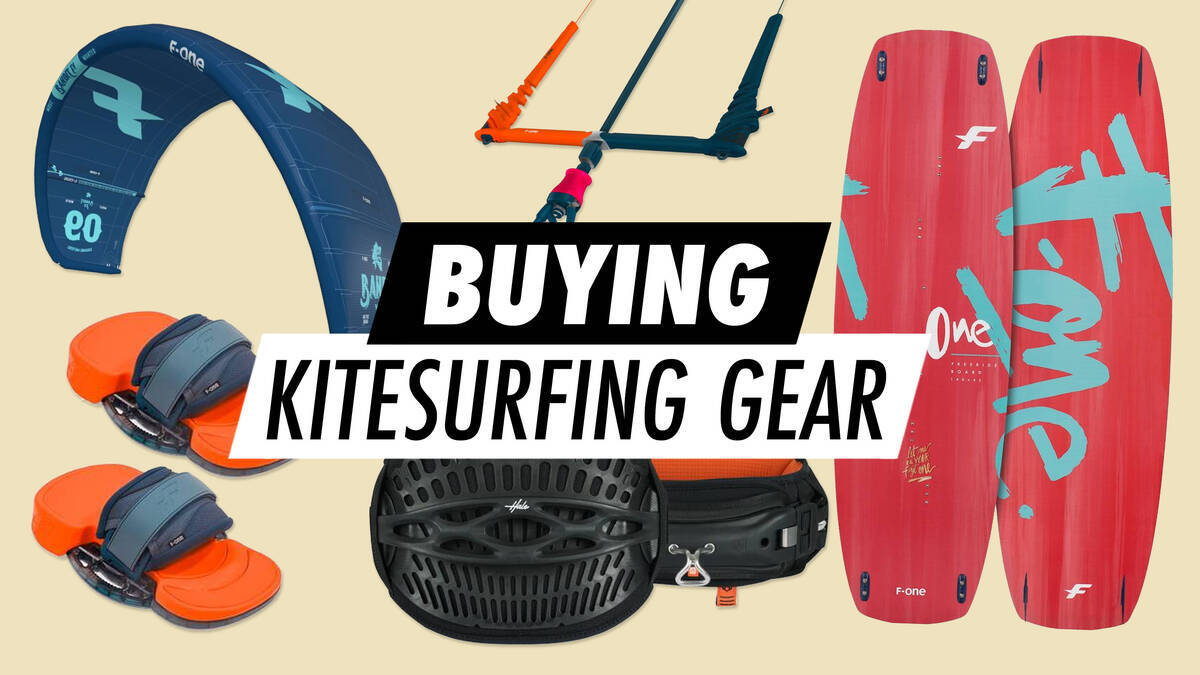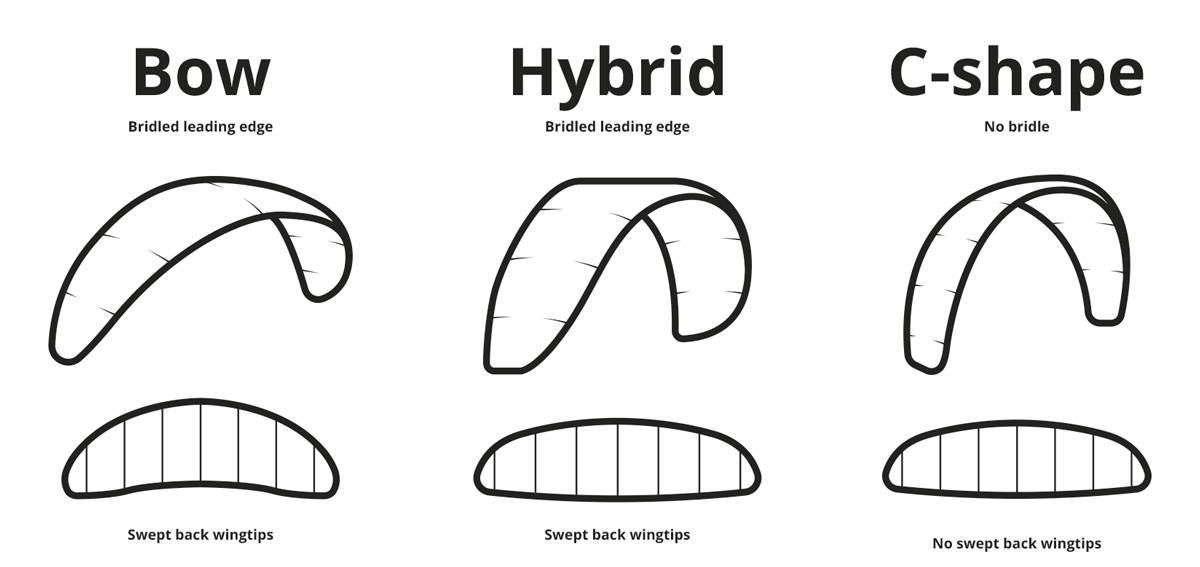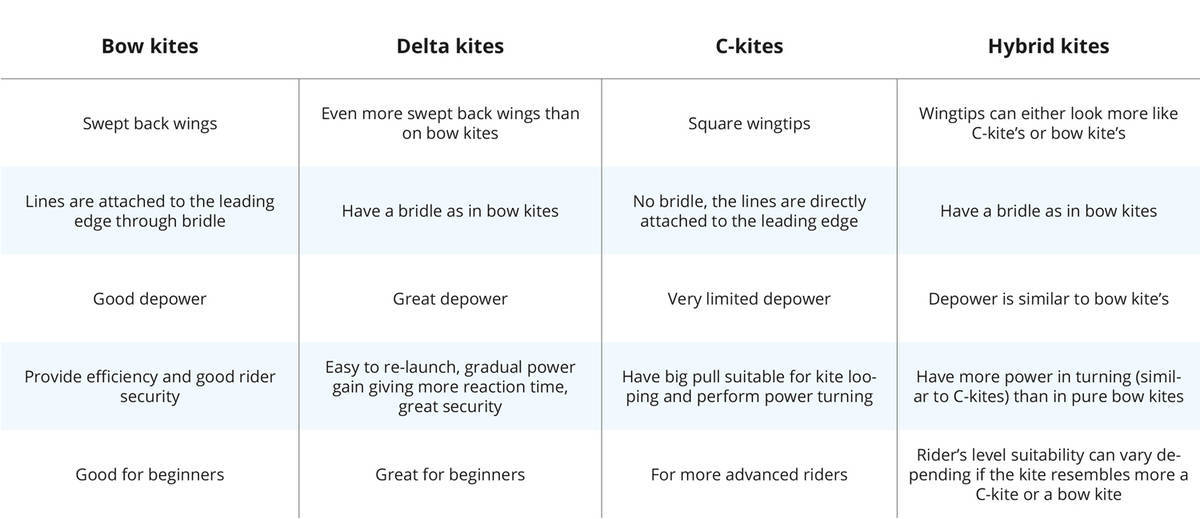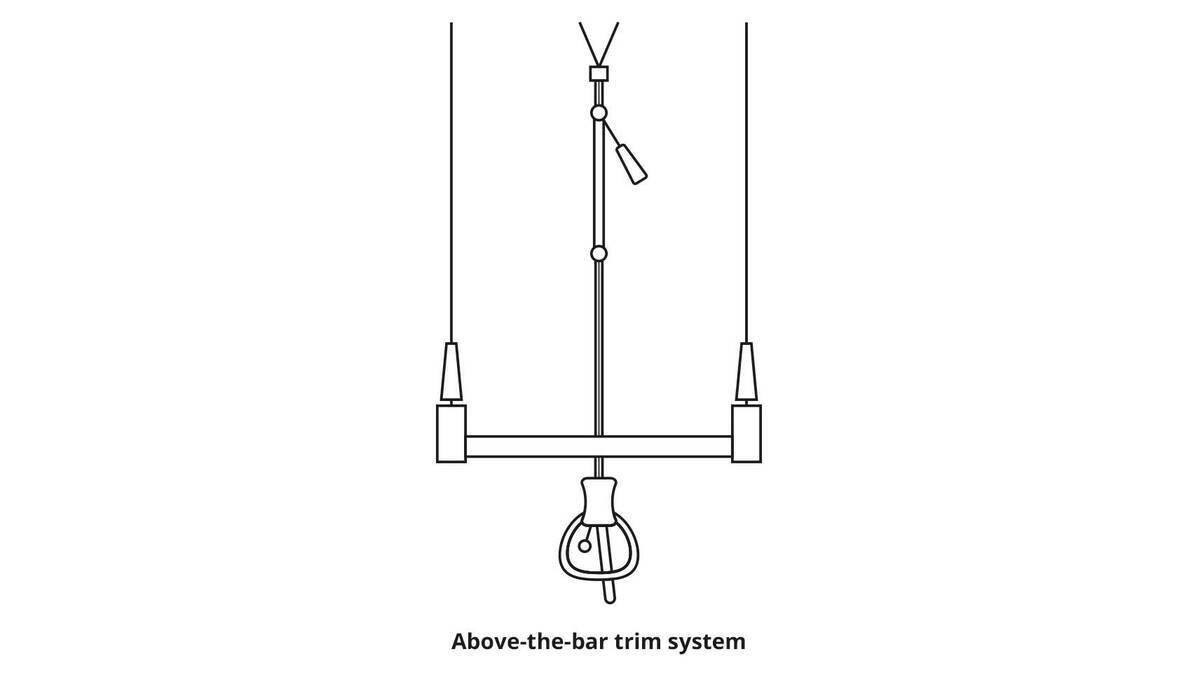Purchasing Kitesurfing Equipment

The kiteboard along with the kite are the most crucial gear in kitesurfing. Below, you'll find some valuable insights to help you choose between them.
1. The Kite
Kites differ in their form, dimensions, and build. The primary types include Bow, Delta, C-kites, and Hybrid kites. Each one possesses special features, making them suitable for various conditions. It is essential to investigate the wind conditions where you intend to kitesurf, as wind strength is a vital element for kites. For instance, larger kites perform well in lower wind conditions, while smaller kites are more suited for higher winds.

The chart below contains two terms that are key to grasp and clarify as they define one of the fundamental distinctions among these kites.
The bridle refers to the system of lines linked to the front (leading) edge of the kite. Depending on the kite, these lines can be organized differently. Resembling a spider web at the front of the kite, it converges into a single line for connection to the bar's lines. Essentially, the bridle system provides greater control over the kite, particularly concerning its power gain. For instance, C-kites without bridles have a more dynamic power gain, enabling more powerful turning and looping, yet demand higher skill levels for control.
The bridle also enables a broader range of depower compared to C-kite designs. To depower means the kite becomes flatter, reducing the surface area facing the wind and, consequently, diminishing the pulling force.

2. Bar and Lines
To maneuver the kite, you need the bar and lines connected to it. Wear a kite harness to link yourself to the chicken loop on the bar, which subsequently connects you to the lines. Having completed this, you'll have control over the bar, lines (‘your steering wheel’), and the kite.
The bar and lines assist in steering the kite, turning, and adjusting speed. Numerous varieties exist for the bar and line set-up; a common choice is the 4-line bar. In this arrangement, two central lines are attached to the leading edge via the depower system. The other two, linked to the bar's ends, connect to the wing tips, facilitating kite steering and enabling depowering and powering. Typically, these are colour-coded and knot-matched with the bar's tip lines for seamless connection.

Focusing on the bar itself reveals multiple configurations from manufacturers. Commonly, there are ‘above-the-bar trim systems’ and ‘under-the-bar trim systems’. The former provides more freedom but makes depower somewhat harder to reach. Conversely, the latter simplifies access by keeping depower nearer, albeit with potentially trickier reach.

It is crucial to note that when altering the lines, always select the correct length for your kite model, as incorrect line lengths could compromise kite control.
3. The Kiteboard
Your kiteboard is another kitesurfing necessity. As with other board sports, certain main aspects are crucial to consider regarding kiteboards:
- Shape: Boards can either be twin tip (symmetrical front and back) or directional (surfboard style). You might also find square or round shapes. Square shapes excel in edging, upwind movement, and pop, while round shapes are superior for carving and offer smoother landings.
- Rocker: This refers to the curve of your board from tip to tail. More rocker means better pop, whereas flatter boards excel in edging.
- Concave: Adding a concave (curvature between side edges) enhances ride smoothness and softer landings.
- Fins: Riding can be either with or without fins. Larger fins provide more stability in choppy conditions and enable easier upwind movement, while smaller fins are ideal for smooth water gliding.
- Size: Brands suggest various sizes, typically based on your weight and skill level. The board should effectively support your weight and maintain floatation powered by the kite. Beginners might benefit from a larger board for increased buoyancy, transitioning to a shorter board as they gain confidence and skill in controlling the kitesurfing dynamics.
4. Are You Starting Out?
New to kitesurfing? Ensure you:
- Select an appropriate kite for you, emphasizing good depower
- Invest in protective gear (helmet, safety knife, and possibly an impact vest)
- Enroll in an introductory kitesurfing course (guided sessions are always beneficial)
- Have a kiting partner, making the experience safer and more enjoyable
